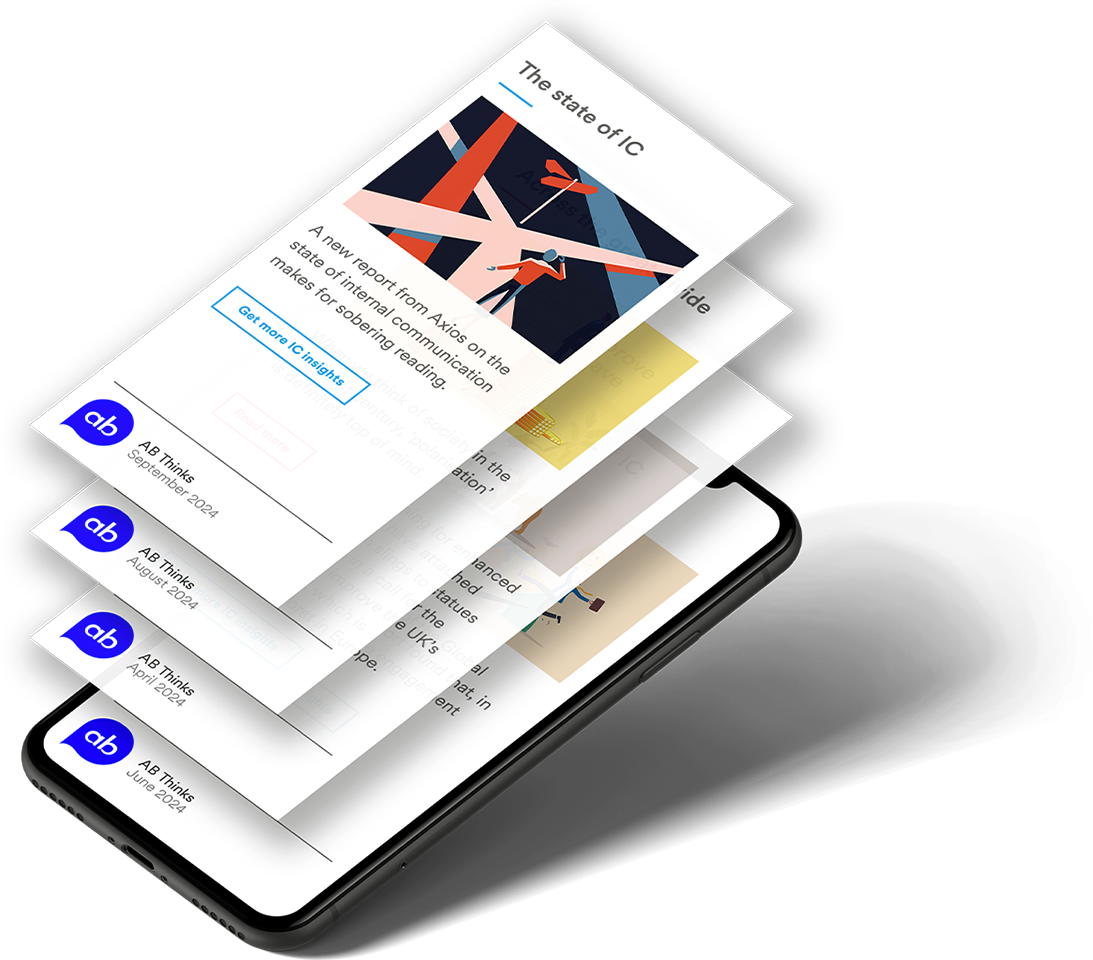Ever since our parents let us dress ourselves, we’ve been faced with these daily questions: What should I wear? How do I want to present myself to the world? What do I want others to think of me? Do I really care? Does it matter?
It turns out looks matter a lot to most of us and we’re not afraid to judge a book by its cover. We’ve built a society that expects certain things when it comes to attire. It’s common to dress up for a big night out and to dress down for the morning after. We wear black to a funeral, and never white to a wedding! Double denim? Slow down cowboy, is this your first rodeo? In short, there are a lot of unspoken rules for how to present yourself in different settings.
The workplace is an interesting example of such a setting. A finance company might want their employees to dress in suits, a supermarket could have a uniform for their staff to wear and your standard office is likely to expect a smart casual outfit. But we wonder, is that still the case? Since most of the workforce started working from home, the expectation of what you wear at work has shifted. We’ve seen some more self-expression – fewer shirts and blouses and more t-shirts and jumpers. Don’t even mention what’s below the camera.
Now that people have started returning to their offices in some capacity, some people will welcome having to dress up slightly for their work while others may feel it’s unnecessary. Whatever a company’s position is on appropriate clothing in the office, it’s important to be clear about the expectation and the idea behind it. Do you want to match what your clients wear so they feel at home with you? Do you want to impress new clients and show that you are corporate, creative or casual? Does the dress code reflect the values you have as a company? It can also be helpful to ask your employees what their preference is and how they perceive the culture around appropriate workplace clothing.
At AB, we encourage people to express themselves freely so that we can learn more about them as people and nurture what makes them special. Since the first lockdown of 2020 we’ve created a space in our workday to share stories, play and be creative while learning about each other. Before that, we tried to build a culture around community and celebrating each other in the office. An element of this can be seen through the staff photography on our website, in which we’ve asked everyone to bring an item that shows off a part of their personality. This adds playfulness to the photoshoots, puts smiles on people’s faces, starts conversations and celebrates who we are outside of work. Because we’re not just content managers, designers, copywriters or account managers. We’re also painters, travellers, musicians and runners. We’re mad about chocolate, coffee, sports and growing our own vegetables. And those things contribute to our work as professionals and help us connect better with our clients and their audience.
If you’re looking to refresh the way you present your staff, you might be interested to find out what we’ve learned from our photoshoots.
#1 Always go pro
It’s important to have a professional photographer or at least someone who knows their way around a camera, and a decent one at that. Although you can get good photos with your phone, the skills of a professional and the quality of a good camera are hard to beat.
#2 Stand out from the rest
Next, you’ll need a good background. You don’t want it to be busy or too shiny so a backdrop or a blank wall might be best. If you’re looking for a more location-based theme you could go with a nice brick wall or something else that fits your idea but remember that it can be difficult to recreate when a new employee starts. A white background is great for colour photos but if you’re thinking of using black and white photos you could consider a black background for contrast.
#3 Dress the part
Another thing to consider is clothing. Do you want people to look smart casual? Or does anything go? Maybe not absolutely anything. We’ve found that heavily patterned clothing can be jarring to look at and you don’t want to wear a white shirt with a white background in case you look like a floating head.
#4 Offer support
You might want to get an art director involved to help steer the photoshoot and make sure that you capture the shots you need. They can also act as a clown to get those precious smiles, assist the photographer with lighting, check that there are no creases, fluff, smudges or crumbs on the subject or just be there to give assurance and make them feel more relaxed. An extra pair of hands is always welcome on a shoot, as long as it doesn’t become too crowded.
#5 Spread the word
Create a clear brief for everyone involved in the photoshoot so that people know what to expect and what their role is. This is also a good opportunity to create excitement and remind people that it should be a fun experience.
#6 Keep track of time
Take the time to get the shots you need and make sure you’ve allocated enough time in people’s diaries. If someone’s running late to a meeting, they’ll most likely not give the photoshoot the attention it needs.
#7 Meet them where they are
On the day of the shoot, you want to make sure that the subject has time to prepare so that they’re comfortable having their picture taken. Not everyone will be thrilled about the prospect so you need to meet them where they are and empathise if they’re not feeling confident. You can make their experience a joyful one if you’re sensitive to their needs and show support and positivity. There’s no need to tell people to say ‘cheese’ because a more natural smile will occur when people are engaged with each other and having fun. People might prefer to have their photo taken alone or one after the other as part of a photoshoot day.
#8 Get the pick of the litter
Make sure you have options. You will ideally have a shot list of what you need to capture included in the aforementioned brief. Make sure you have a few options to choose from because you might miss details when looking at the camera’s screen.
#9 Make your stars shine
Once you’ve got the shots you need, take the time to edit them so that everyone looks consistent. You want to give the impression of a clear consistent look while also showing what makes everyone special. This can also be addressed in the way you display people’s photos on your website. Are everyone’s photos cropped to be the same size? Do the photos change to different ones when hovered over or do they go from black and white to colour?
#10 Celebrate each other
Share the photos with everyone and make sure people are happy with what’s being shared. Give people a chance to look at other options if they don’t like what you’ve chosen and celebrate your employees by linking to their lovely new photos on social media or other platforms. It helps if they’re displayed on a clear website that matches the ideas expressed in your photos.
A photo is communication like any other – it works best when there’s a clear idea behind it that is shared with everyone involved so that they can get on board with it. The benefits should be obvious to everyone. The employees get nice photos of themselves while also having a fun and creative time on the set with their colleagues and their employer gets to share the culture and values of the company through those photos which help build client relationships and attract new talent and clients alike.
So, what should your photoshoot express? Who are you trying to attract? It may need more consideration than a Tinder profile pic. Get in touch if you’d like our help with bringing your values to life, through a photoshoot.




